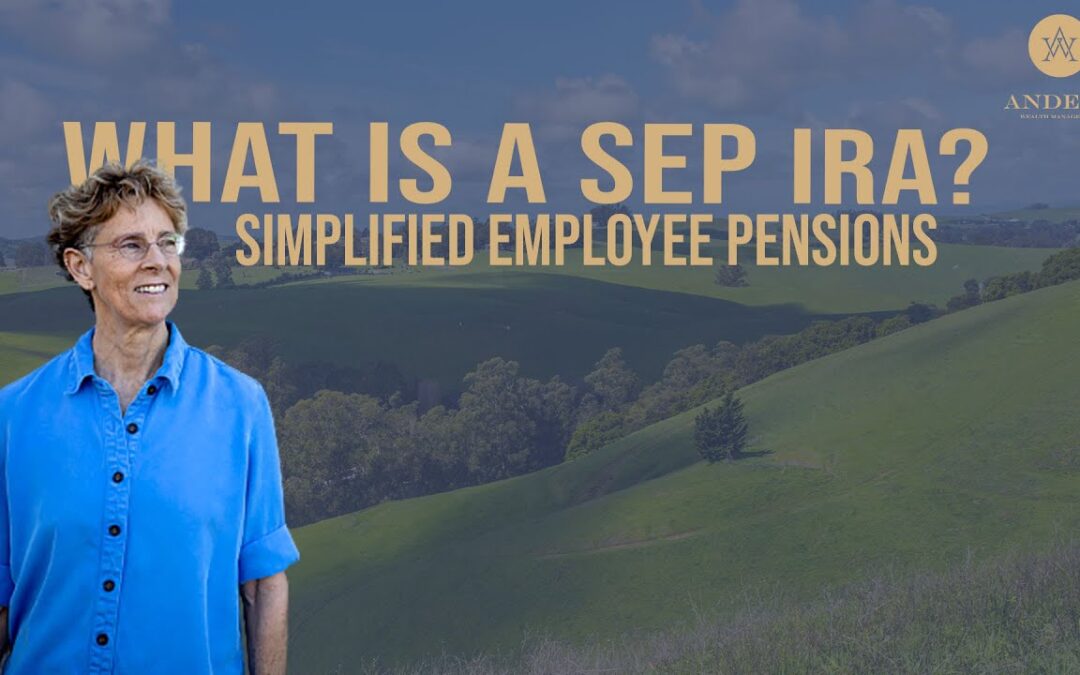
What is a Solo 401(K) Plan?
Hi there and thank you for stopping by today. Today I’m going to talk about part two of a two part series on Sep IRAs versus Solo 401k plans. I spoke about Sep IRAs in the previous video, session one. Today session two, I’m going to talk about Solo 401Ks.
My name is Tina Anders. I am the Fee Only Certified Financial Planner for my firm located here in Petaluma, California, Anders Wealth Management. I serve primarily Sonoma and Marin counties here in California.
A Solo 401k plan is limited to business owners and a spouse who is also involved in the business. A solo 401k plan offers the opportunity to make both employee contributions and employer profit sharing contributions. The employee contributions are limited to the same as for regular employer sponsored retirement plans: $19,500 in 2020, with an additional $6,500 catch up contributions for those who are 50 years or older.
Additionally, employer profit sharing contributions can be made up to 25% of the employee compensation with a combined maximum employee and employer contributions of $57,000 and $63,500 for those 50 or over. And those numbers are for the year 2020. You’ll have until your tax filing date, including extensions to make your actual employee contributions and employer profit sharing contributions.
Unlike a SEP IRA, a Solo 401k can offer a Roth option, that’s after tax contributions, for the employee only contributions. All profit sharing contributions must be made to a traditional non Roth 401k plan. Additionally, loans can be taken for the plan if allowed in the plan document?
Which plan is better for you? Would it be a solo 401k plan? Or would it be a SEP IRA? A SEP IRA is easy to set up, requires virtually no administrative work. The ability to establish and to fund the account right up until your tax filing date offers a high degree of flexibility for you.
With income that varies from year to year you might be better off contributing to a solo 401k. Since the amount that can be contributed to the SEP is totally dependent on your earnings. The amount you can contribute will be limited in years where your income wanes a bit as long as you earn at least $19,500. If you’re under the age of 50, or $26,000, if you’re 50 or older, you can contribute those amounts under the employee contribution component of your 401k.
If you want to be able to make Roth contributions, or you want to be able to take a loan out from your plan, a solo 401k is the better option because you don’t have either option with a SEP IRA. In general if you’re self employed, and you don’t have any employees, and you consistently want to be able to maximize your retirement contributions, a Solo 401k will probably be the best option for you.
Thank you for stopping by. If you have any comments, questions, topics on what you would like me to do a video please comment below and I will respond. Tina Anders, Anders wealth management in your corner. Thank you again.

